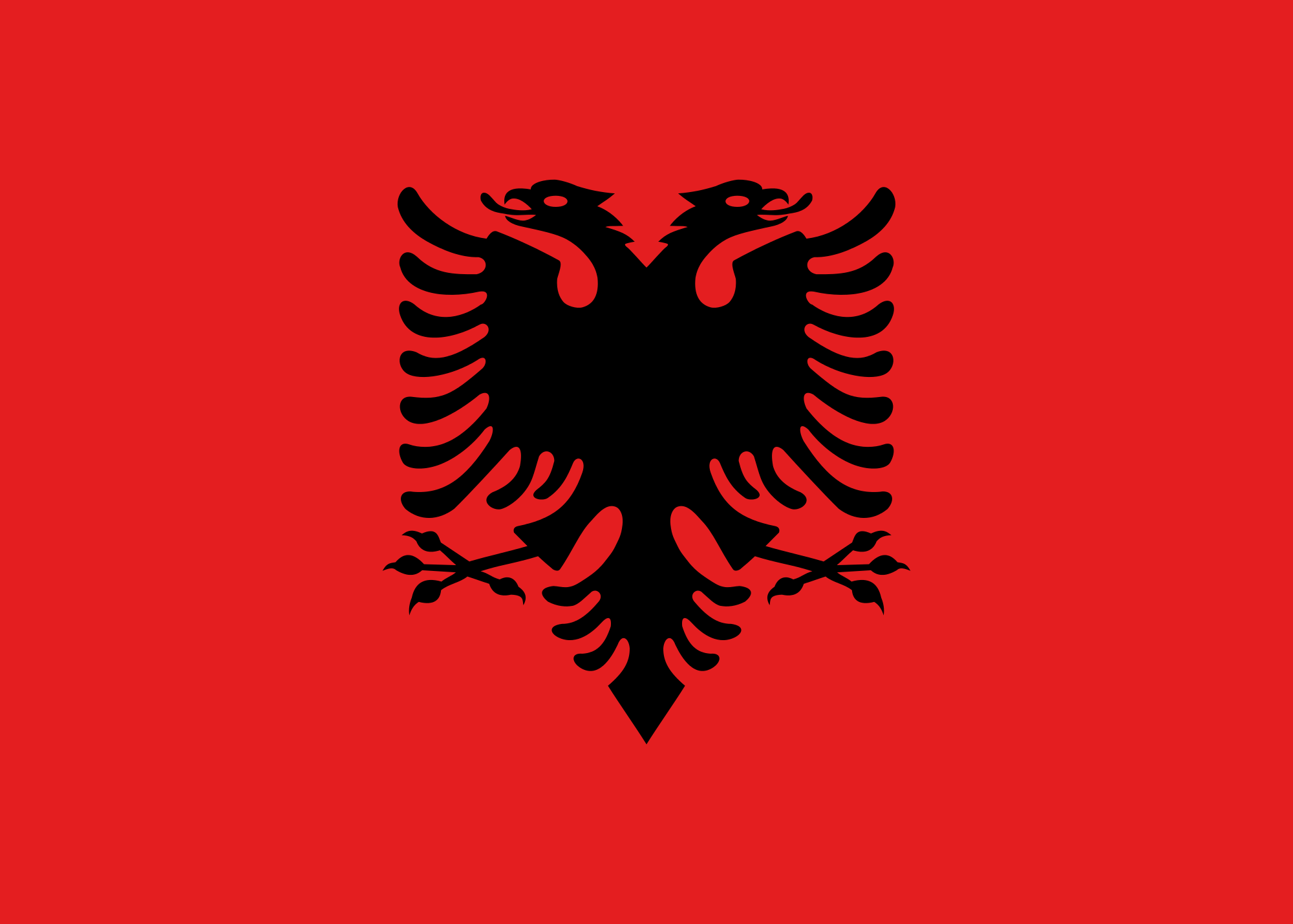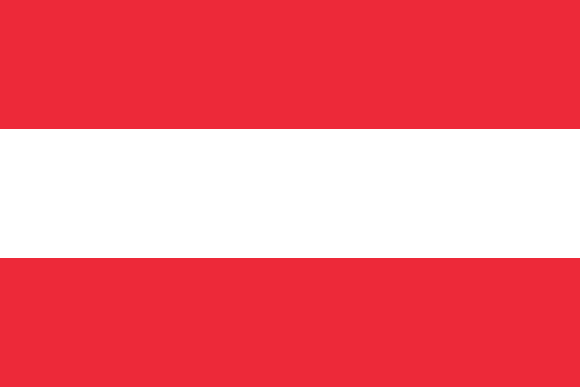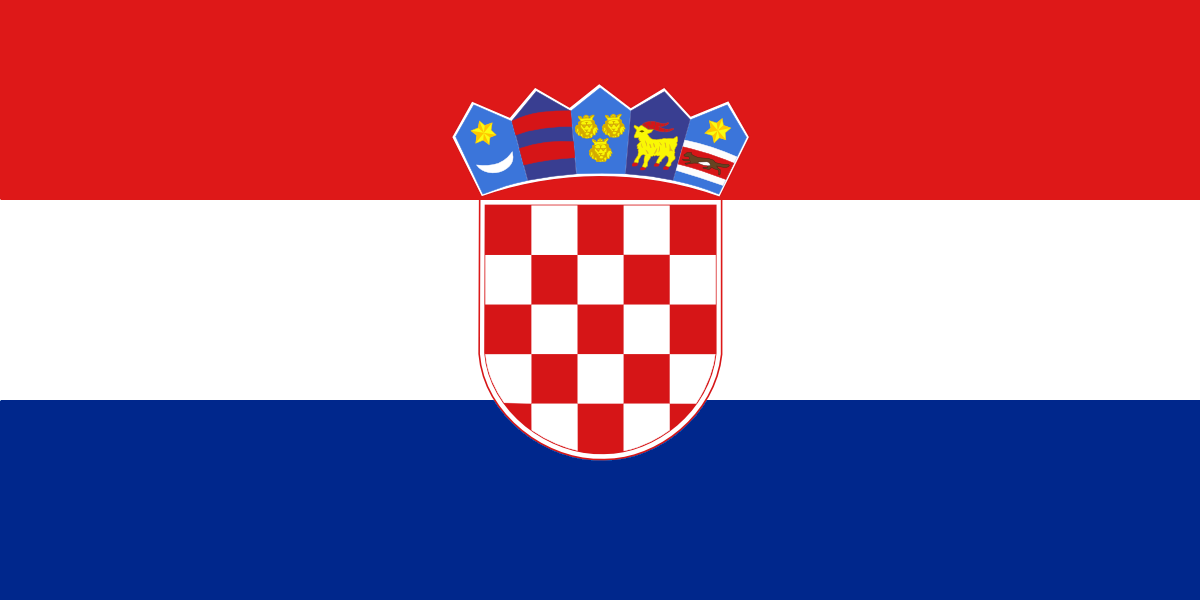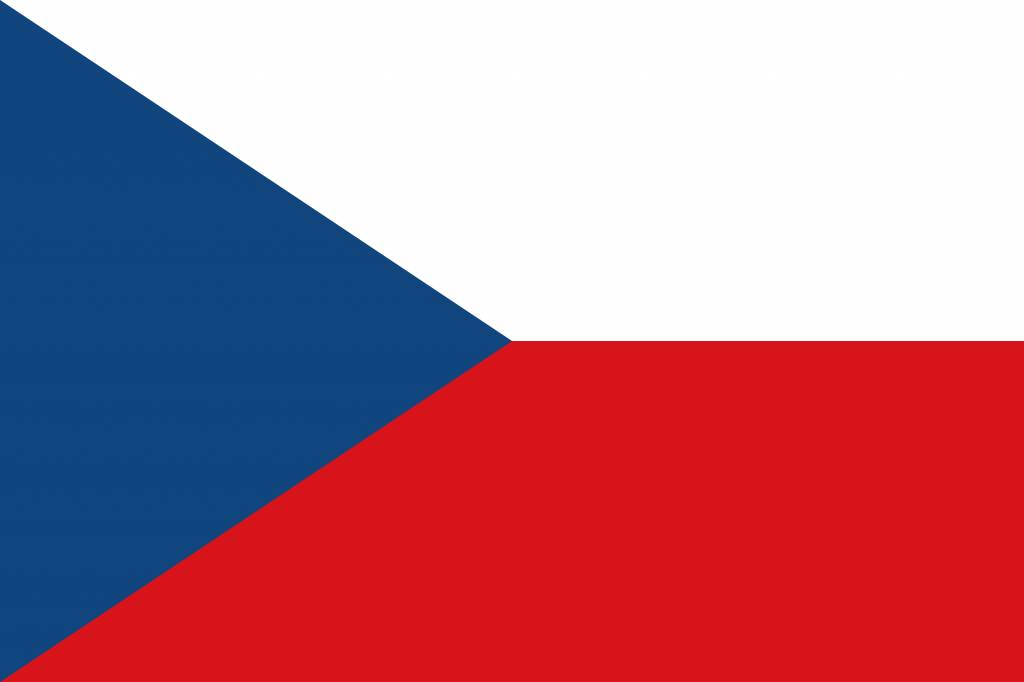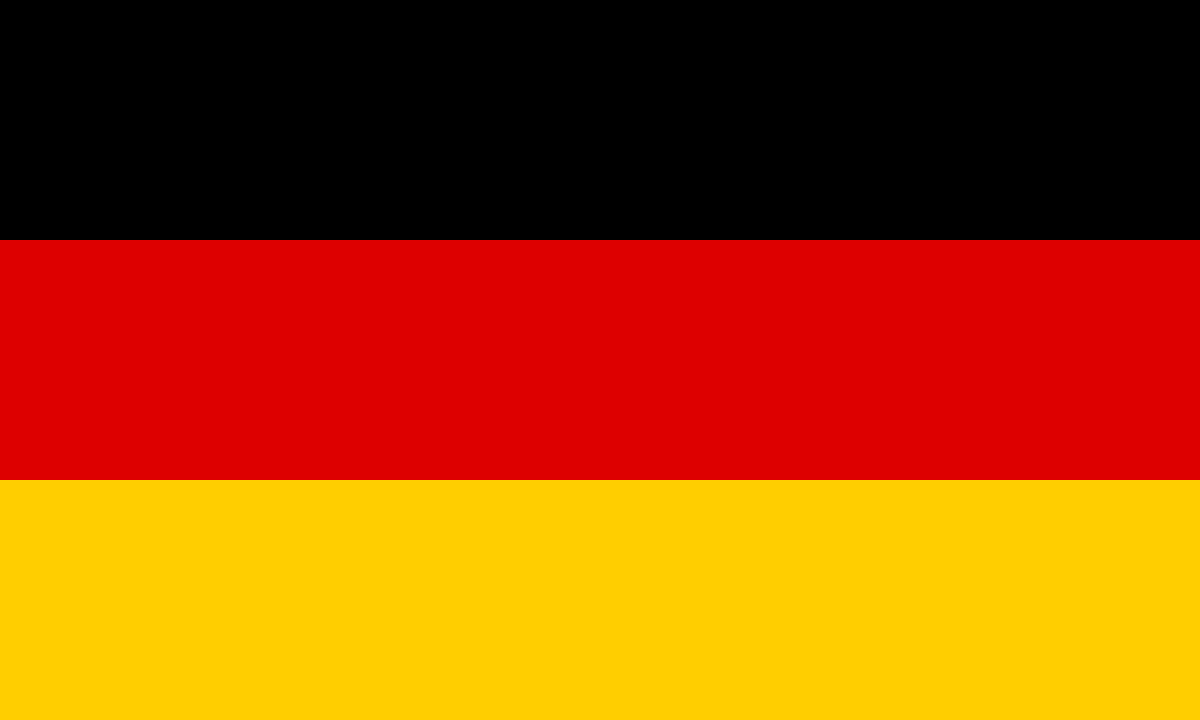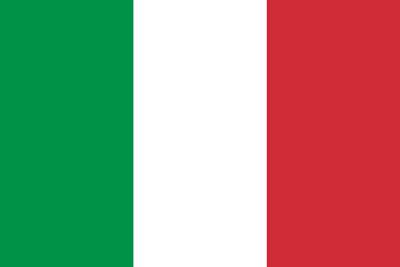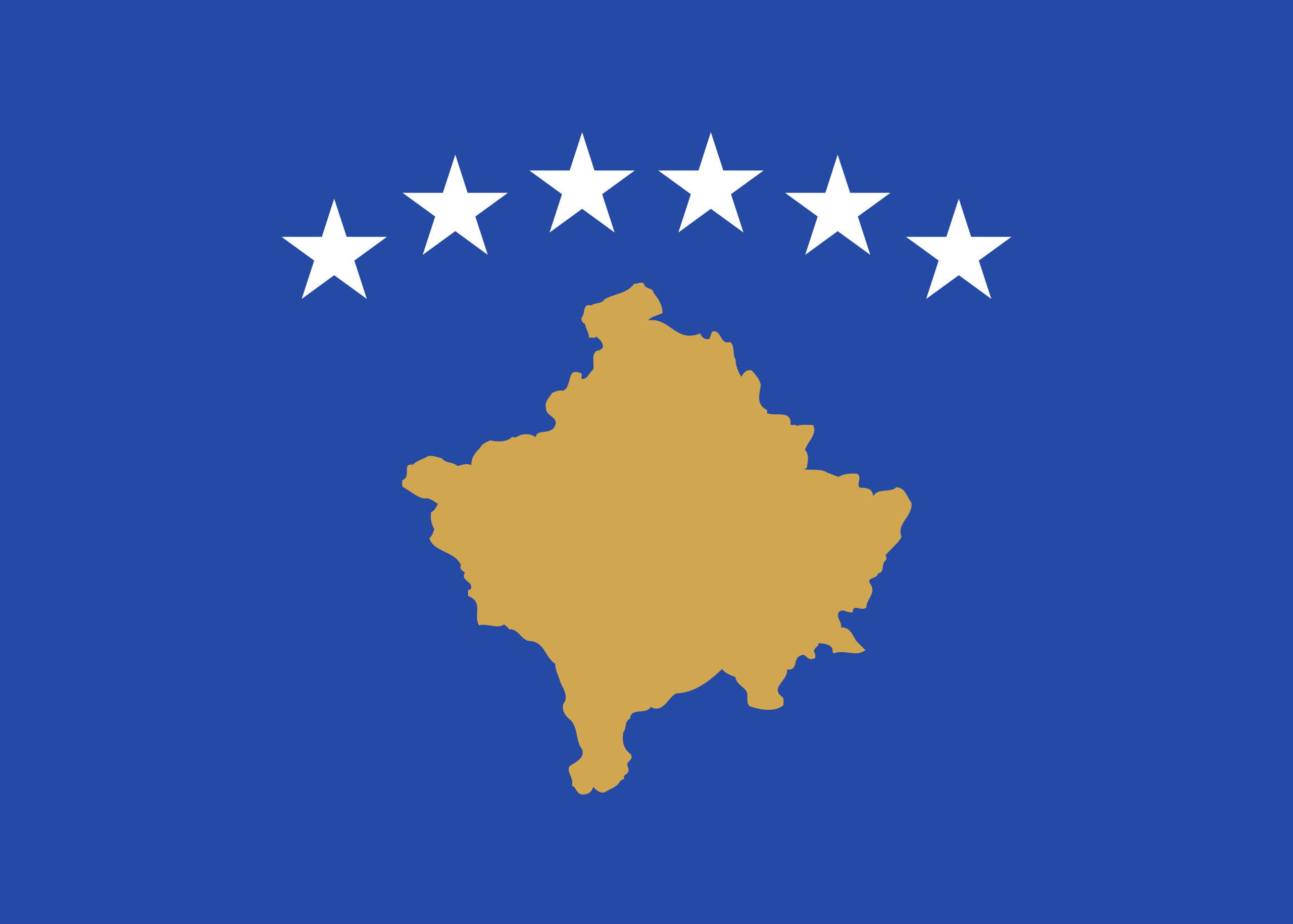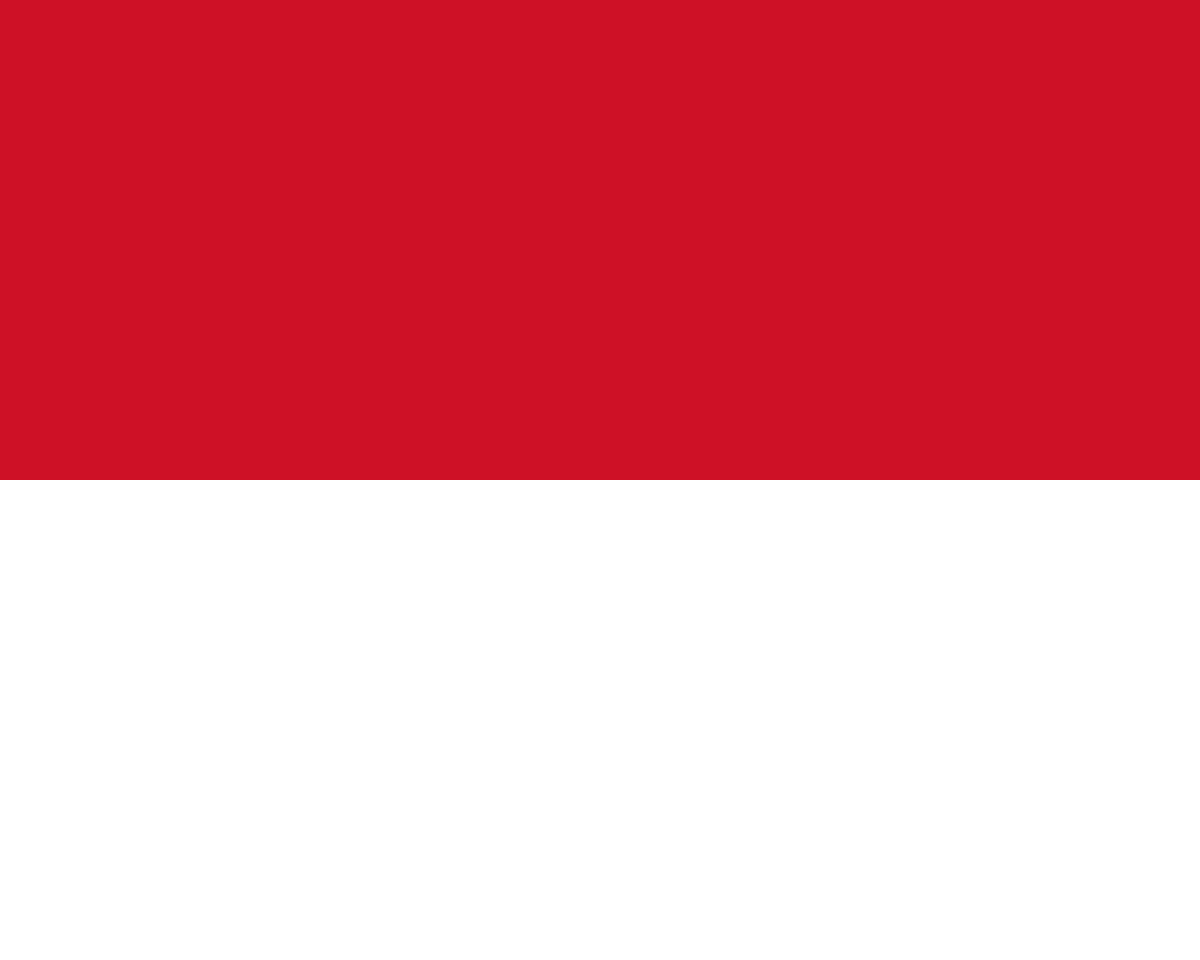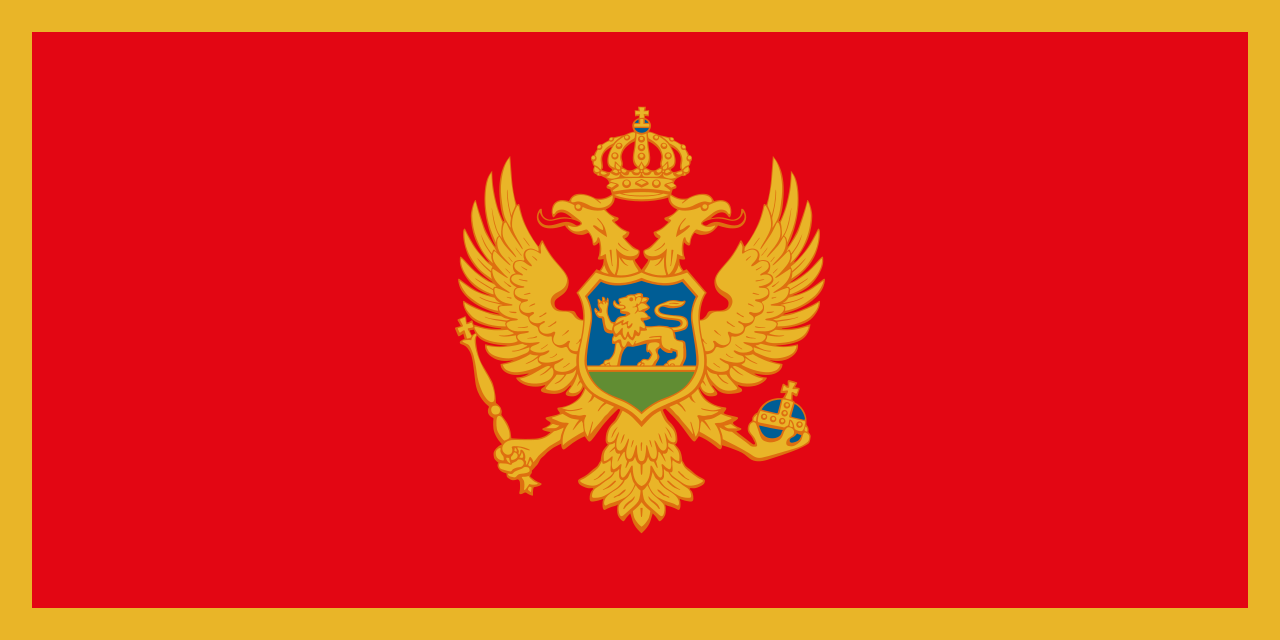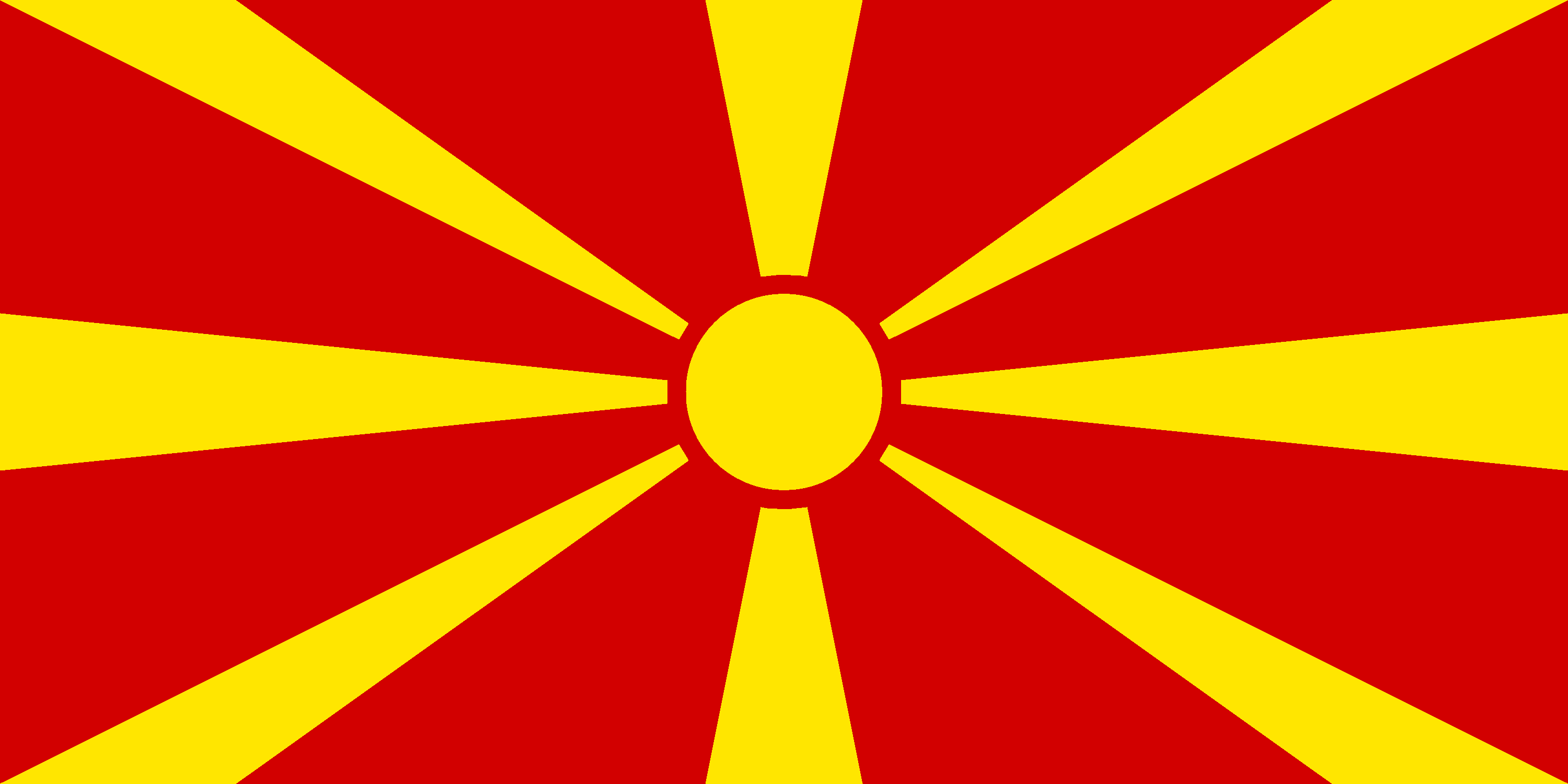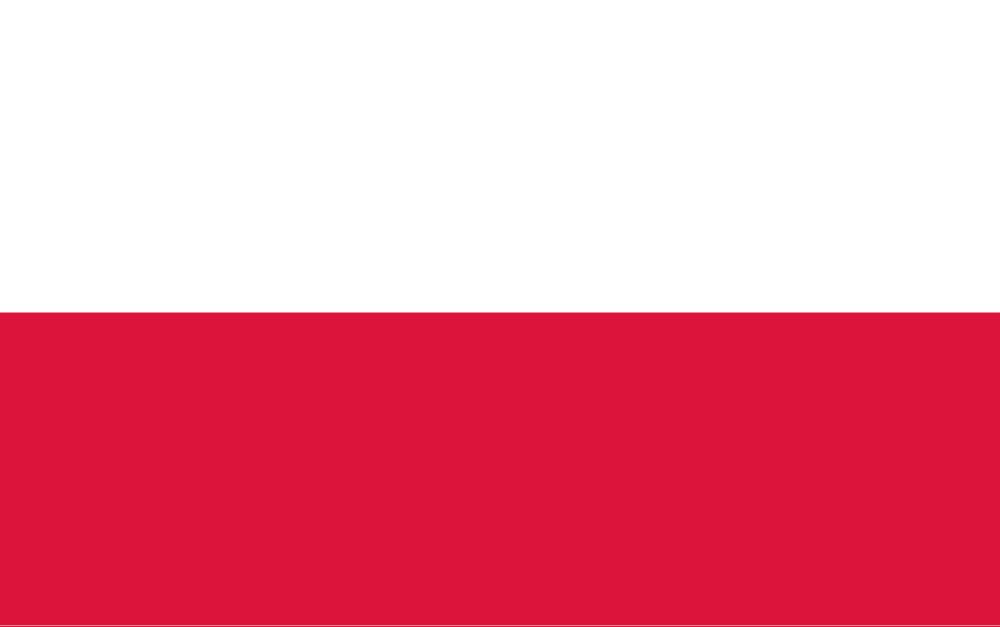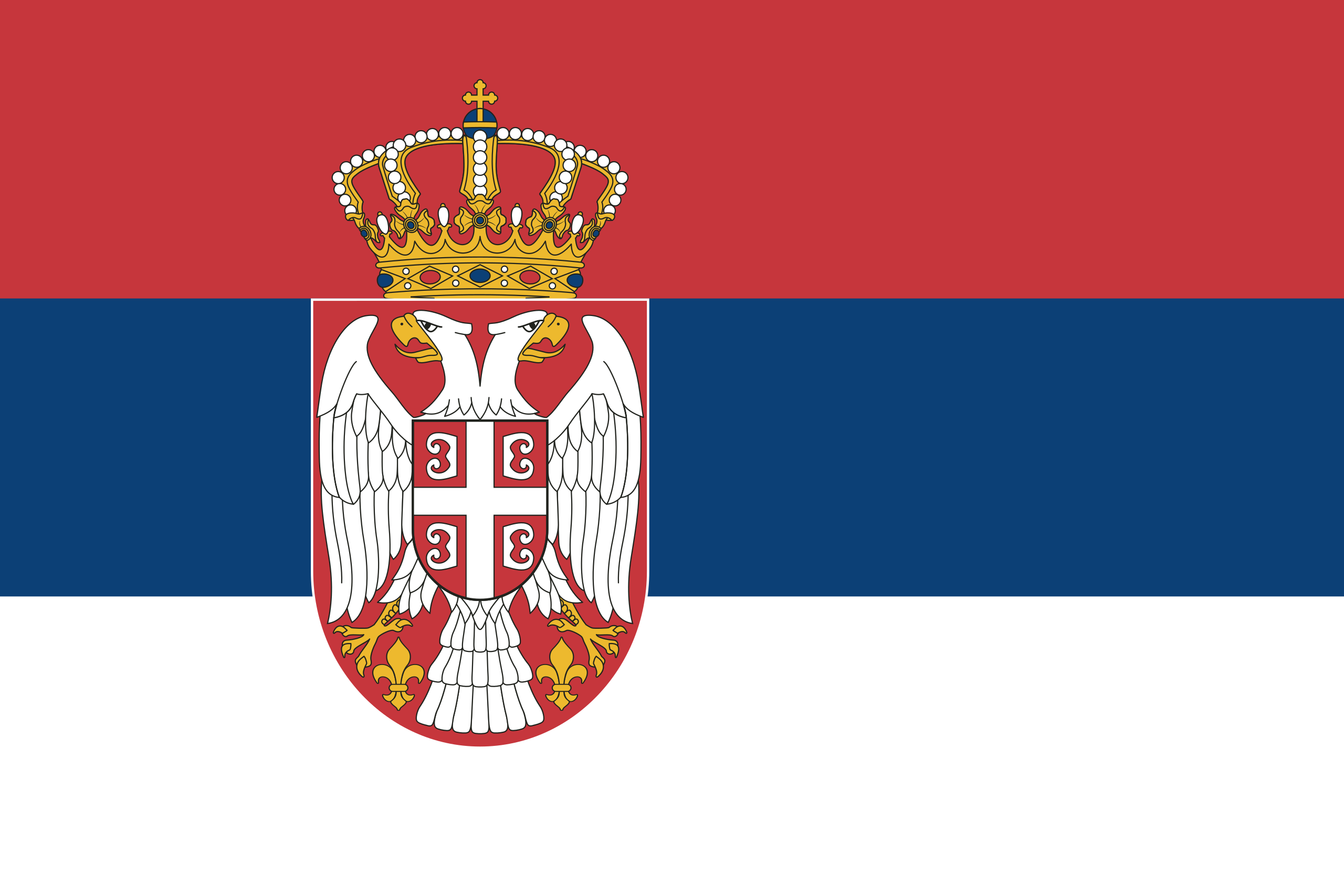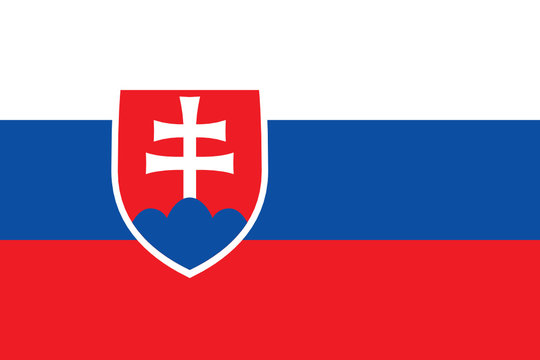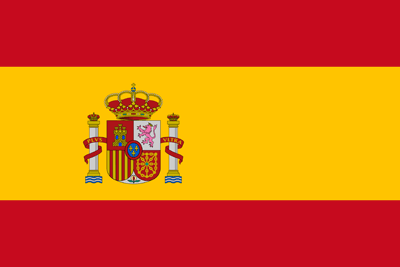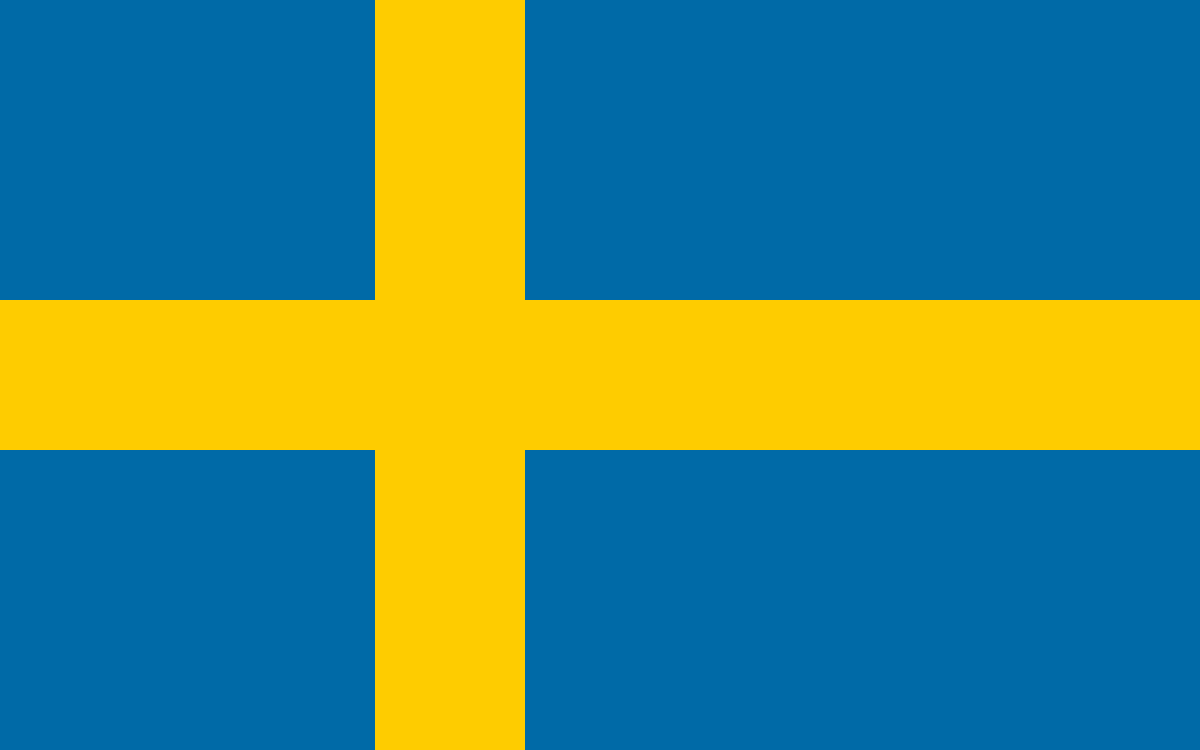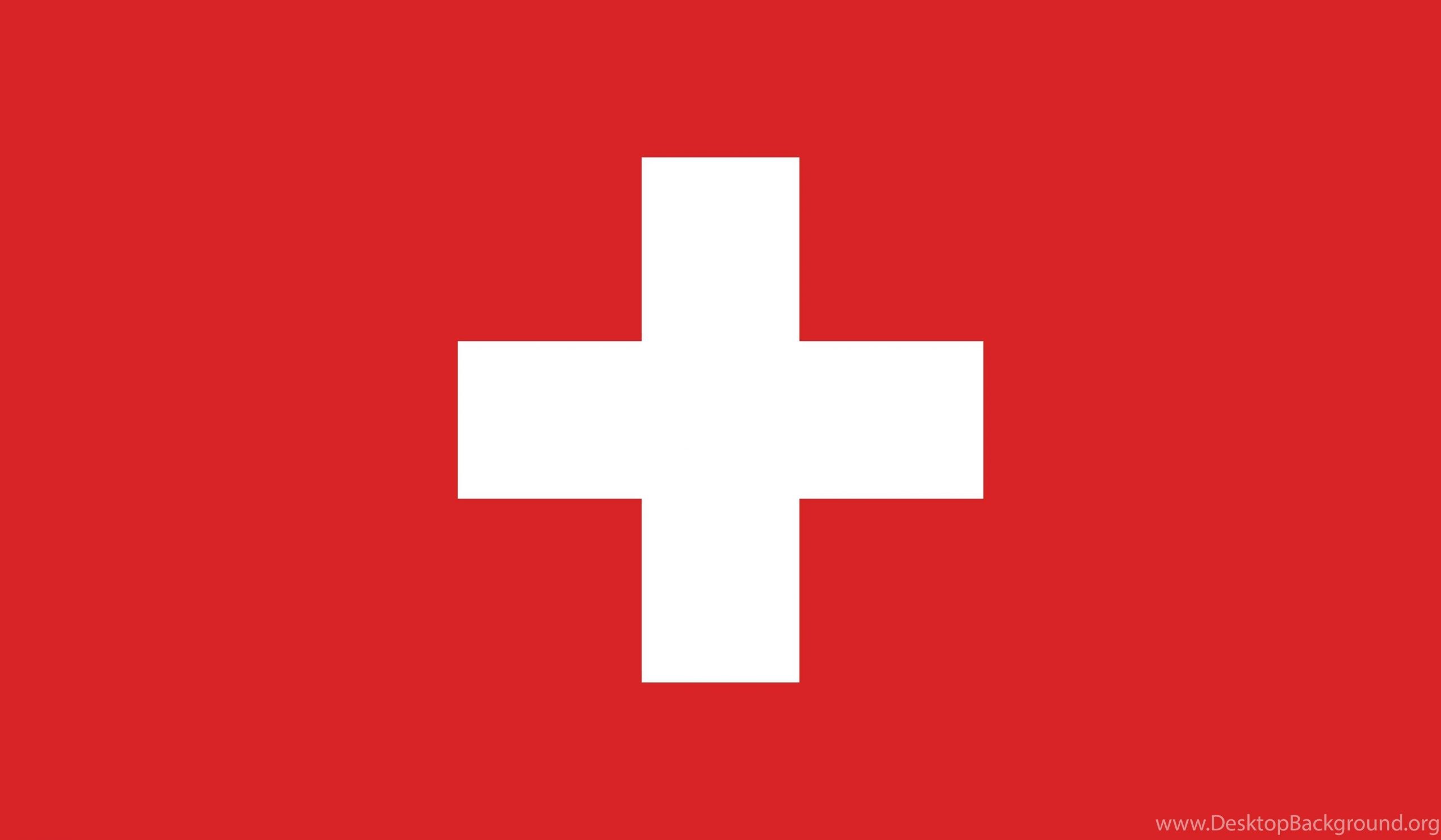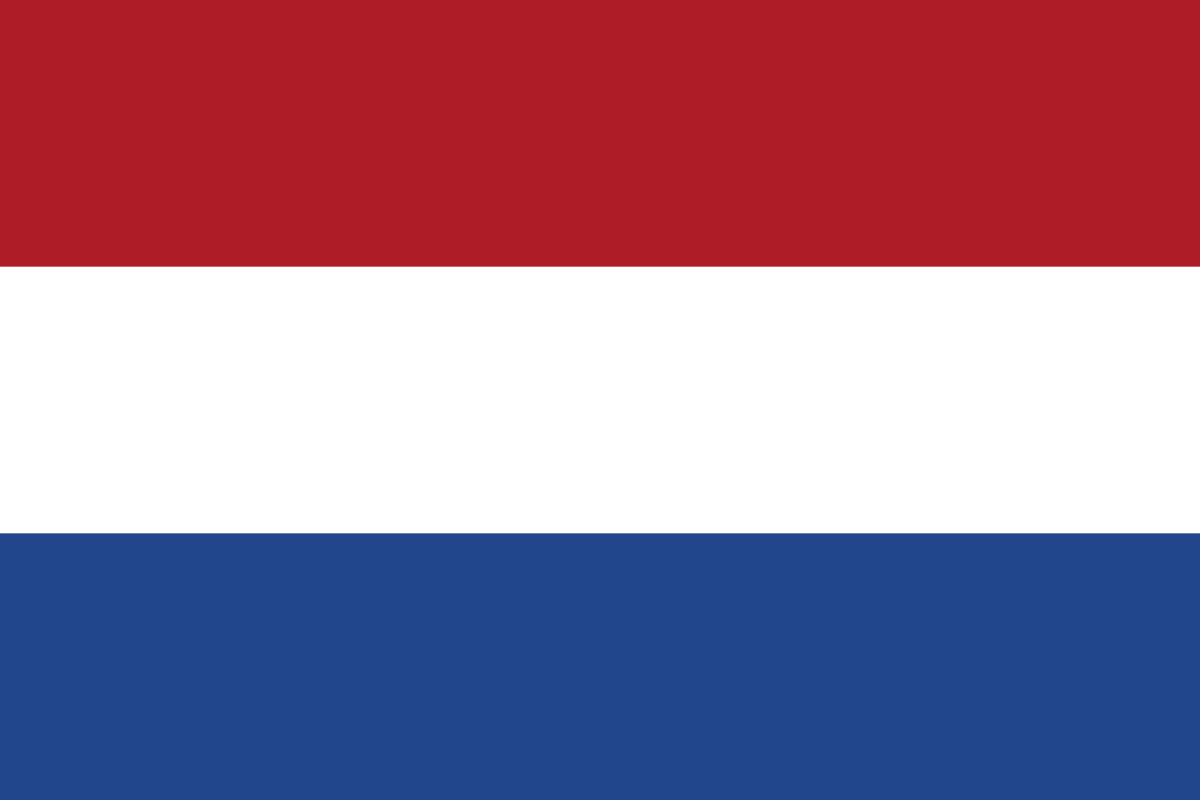© North Atlantic Treaty Organization
In a relatively short period of time, a state-of-the-art infrastructure has been realized. I am impressed by the dedication and professionalism that the specialists of Axians have once again shown. An extremely professional and sustainable project has been realized for the digital infrastructure of this NATO top.
Piet Fischer
Senior Purchaser at SSC-ICT
In June 2025, The Hague hosted the NATO Summit, a high-profile international event held at a time when tensions in Europe are rising, and global uncertainty persists.
Bringing together 45 heads of state, over 6,000 delegates, 2,000 journalists, and 90 special guests, the gathering carried immense symbolic and strategic weight. To ensure smooth and secure operations at the World Forum Convention Center amid these heightened tensions, the Dutch Ministry of Foreign Affairs turned to Axians and SSC-ICT to deliver a fast, reliable, and secure digital infrastructure.
Axians built a complete, temporary, software-defined network architecture (Cisco Software Defined-Access) that supported all digital components of the summit. This included audiovisual systems, surveillance cameras, IT equipment, and security platforms.
Segmentation was one of the most important aspects of the setup, and it’s why we chose Cisco Software Defined Access (SD-Access). We implemented both macro-segmentation, with zones protected by a Fortinet firewall cluster, and micro-segmentation that applied security rules to every endpoint. This meant every device was tagged and isolated, giving us flexibility and ensuring that groups like NATO delegates, press, and suppliers remained separate.
Jasper van Nederpelt
Lead Consultant Connectivity at Axians ICS Government.
A second vital technology pillar is authentication and authorization. They were handled through Cisco Identity Services Engine (ISE). All suppliers were authenticated via 802.1X, both wired and wireless, while guests such as press, delegates, and speakers enjoyed seamless access without login pop-ups or portals, ensuring a welcoming user experience.
The network was actively monitored 24/7 by Axians’ Network and Security Operations Centers, ensuring real-time visibility and response capabilities. Security and reliability were top priorities, and the entire setup underwent a rigorous external audit.
The technical audit of the vendors and the internal services of the government also required no necessary adjustments. In short, we passed with flying colors.
Ron Tetteroo
Business Unit Manager at Axians
Building on that strong foundation, the network was designed to meet high-speed requirements with proven architecture. The network relied on Cisco Catalyst campus switches, the same product line Axians uses for enterprise customers, but supported by a 10 Gbps backbone. Every switch was connected at 10 gigabits, monitored continuously to guarantee uninterrupted performance throughout the event. The integration of Cisco and Fortinet showcased Axians’ technology-agnostic approach.
“Cisco’s SD-Access fabric handled segmentation and routing inside the network, while Fortinet firewalls managed traffic between zones and out to the internet. By integrating the two and designing seamless failover protocols, we ensured resilience, flexibility, and best-of-breed performance,” continues Jasper van Nederpelt.
Threat detection combined a two-layer strategy: Fortinet security profiles blocked known malicious traffic, while traffic patterns captured by integrated probes were analyzed and checked by a second solution.
From our side, we only blocked the ‘known bads,’ keeping the network welcoming and user-friendly. For deeper analysis, the SOC provider had sensors inside our environment, giving them the right visibility. Our design was approved by NATO, the Dutch Ministry of Foreign Affairs and the Dutch Secret Services.
Andre van Grieken
Senior Project Manager at Axians
The entire infrastructure was NATO grade which met strict government security standards and required no post-audit adjustments. After the summit, the equipment was dismantled and repurposed for future projects, contributing to Axians’ commitment to sustainable and efficient ICT solutions.


